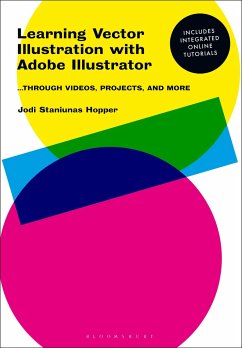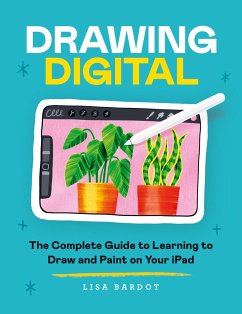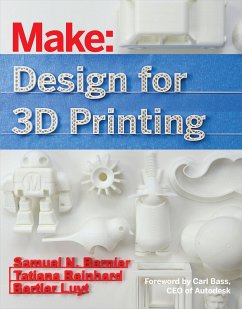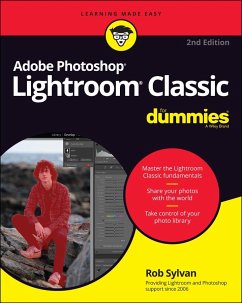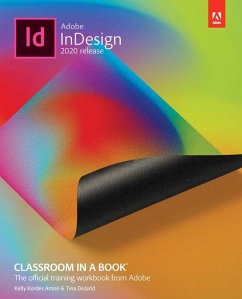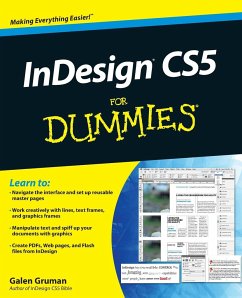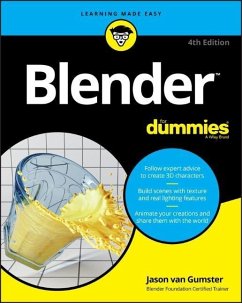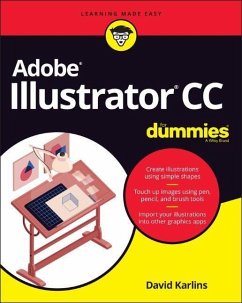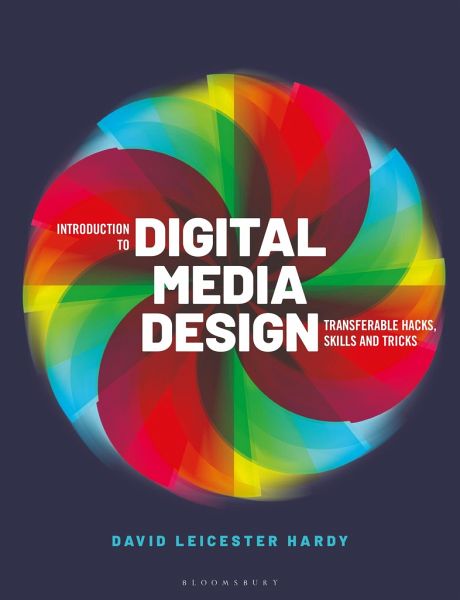
Introduction to Digital Media Design
Transferable Hacks, Skills and Tricks
Versandkostenfrei!
Versandfertig in 2-4 Wochen
39,99 €
inkl. MwSt.
Weitere Ausgaben:

PAYBACK Punkte
20 °P sammeln!
This is a hands-on exploration of digital design methods and tools, providing enough information to quickly learn the basics across interaction, interface, user experience, augmented and virtual reality design, as well as animation, motion graphics and mixed reality. Mirroring real demands of the contemporary designer, this multidisciplinary approach arms readers with procedural building blocks, hacks and shortcuts to ensure they are able to work efficiently across software and projects.




